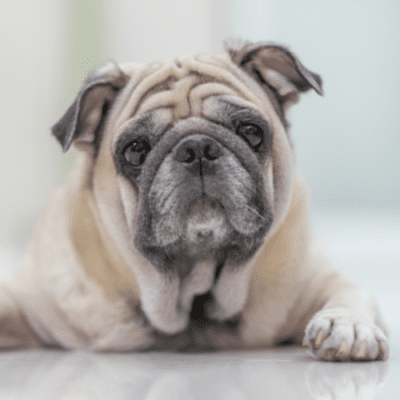One of the best ways to keep your dog healthy and happy is by keeping them well-groomed. Delousing is an important part of this process, but it’s important that you do it in the right way. If you don’t know what you’re doing when you go about delousing your dog, you could end up with a dangerous infection or worse: death! Luckily, the process is simple and fast! Read on as a vet talks about delousing and the steps involved.
What Are Lice?
Dog lice are small parasites that live on the skin and feed on the blood of dogs. The most common species of lice found on dogs is Ornithonyssus bursa, also known as the dog or kennel louse.
They are closely related to human head lice and, like human head lice, they can be found in any dog breed or size. Dog lice are also known as dog sucking lice because they attach themselves to the hair shafts with their sharp mouthparts and feed on their host’s blood. The skin rashes and bumps that appear around the places where the lice attach themselves are called miliary dermatitis (meaning “small milled-out areas”)
Signs Your Dog Has Lice
- Scratching or chewing at the skin and hair;
- Red, irritated skin, especially around the ears and face;
- Dry, rough and flaky skin;
- Heavy dandruff and scaling of the skin.
Also, lice can be transmitted to humans through direct contact with an infected pet or by sharing bedding or clothing with an infected animal. De-lice your dog to prevent an infestation in your family.
How to Delouse Your Dog
Here’s how to safely de-louse your dog at home:
- First, you’ll need to gather supplies:
- Shampoo (preferably one that targets lice);
- A comb or fine-toothed brush;
- A towel or hand dryer (optional).
Now that you have all of your supplies, it’s time to get started. Follow these simple steps:
- Wet your dog’s fur with warm water. This will help loosen the lice and make them easier to remove.
- Apply shampoo liberally over your dog’s entire body and let sit for about five minutes. This will kill any live lice present in your dog’s fur.
- Using either a comb or fine-toothed brush, gently comb through your dog’s fur until all dead lice have been removed from their coat. Be sure not to tug too hard or pull on any tangles in the fur; instead, gently work the brush through each knot until it comes loose (and if needed, use a towel or hand dryer to help loosen knots).
And please don’t hesitate to call us, your local vet in Live Oak, FL with any questions or concerns you may have!



